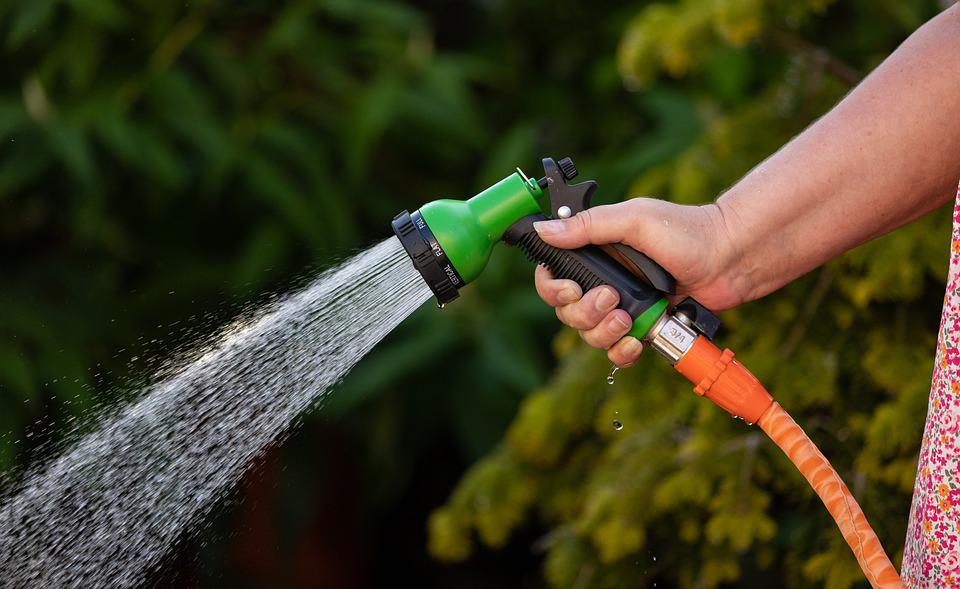Cucumbers have been a staple of gardens for centuries and have been enjoyed as a refreshing and healthy snack by people all over the world. In fact, they are one of the most widely grown vegetables worldwide due to their versatility and the ease with which they can be cultivated. Whether you are an experienced gardener or just starting out, growing cucumbers can be a rewarding and enjoyable experience. In this comprehensive guide, we will provide you with all the information you need to grow cucumbers successfully, from selecting the best variety for your needs to caring for your plants throughout the growing season. We will also cover common problems that may arise and provide tips on how to avoid or address them. So whether you are growing cucumbers for personal consumption, to sell at a farmer’s market, or simply as a fun and educational project, this guide has got you covered.
Choosing the Right Variety:
 The first step to growing cucumbers is choosing the right variety. There are two major types of cucumbers: slicing and pickling. Slicing cucumbers are typically larger and used for salads, while pickling cucumbers are smaller and used for making pickles. Some popular slicing varieties include ‘Marketmore,’ ‘Straight Eight,’ and ‘Burpless.’ Some popular pickling varieties include ‘National Pickling,’ ‘Boston Pickling,’ and ‘Chicago Pickling.’ Make sure to choose a variety that is suitable for your growing region and climate.
The first step to growing cucumbers is choosing the right variety. There are two major types of cucumbers: slicing and pickling. Slicing cucumbers are typically larger and used for salads, while pickling cucumbers are smaller and used for making pickles. Some popular slicing varieties include ‘Marketmore,’ ‘Straight Eight,’ and ‘Burpless.’ Some popular pickling varieties include ‘National Pickling,’ ‘Boston Pickling,’ and ‘Chicago Pickling.’ Make sure to choose a variety that is suitable for your growing region and climate.
Planting:
Cucumbers are warm-season vegetables that need plenty of sun, fertile soil, and regular watering. They usually prefer a soil pH between 6.0 and 7.0. Plant cucumbers in the spring or early summer, after the danger of frost has passed. Start by preparing the soil by adding compost or well-rotted manure to the planting area. Plant cucumber seeds about 1 inch deep and 2-3 feet apart in rows that are 4-6 feet apart. Alternatively, you can start cucumber seeds indoors 3-4 weeks before the last frost and transplant them outside once the soil has warmed up.
Caring for Cucumbers:
Cucumbers require consistent watering to keep the soil evenly moist, especially during hot weather. Mulching around the base of the cucumbers can help retain moisture and prevent weeds. Cucumbers are also heavy feeders and require regular fertilization. Apply a balanced fertilizer once a month or use a slow-release fertilizer at the time of planting. Cucumber plants also benefit from regular pruning and trellising to support their vines and prevent overcrowding.
Harvesting:
Cucumbers are usually ready to harvest when they are about 6-8 inches long and have a firm texture. Pick them regularly, as leaving them on the vine too long can result in tough, bitter fruits. With the help of a sharp knife or pruning shears, cut the cucumbers from the vine, taking care not to damage the plant. You can store cucumbers in the refrigerator for up to a week.
Common Problems:
Cucumbers are susceptible to a few common problems, including powdery mildew, bacterial wilt, and cucumber beetles. These issues can be prevented or managed by planting disease-resistant varieties, rotating crops, and using insecticides or organic methods.
Here Are Some Things to Avoid When Growing Cucumbers:
 Overcrowding: Cucumber plants usually need enough space to grow and develop. Overcrowding them can lead to competition for nutrients and space, resulting in stunted growth and smaller yields. Be sure to follow spacing recommendations for the variety of cucumber you are growing.
Overcrowding: Cucumber plants usually need enough space to grow and develop. Overcrowding them can lead to competition for nutrients and space, resulting in stunted growth and smaller yields. Be sure to follow spacing recommendations for the variety of cucumber you are growing.
Poor soil preparation: Cucumber plants need rich, well-draining soil to grow properly. Avoid planting them in soil that is compacted or has poor drainage, as this can lead to root rot and other issues.
Over-watering: While cucumbers need consistent moisture, over-watering can lead to problems such as fungal diseases and root rot. Make sure the soil is moist but not waterlogged, and avoid watering the leaves to prevent leaf spot diseases.
Neglecting pest and disease management: Cucumber plants are vulnerable to a range of pests and diseases, including aphids, cucumber beetles, powdery mildew, and bacterial wilt. Be sure to monitor your plants regularly and take action if you notice any signs of damage or disease.
In conclusion, growing cucumbers is a rewarding experience that can provide a bountiful harvest of fresh, delicious vegetables. By choosing the right variety, planting in suitable soil and climate conditions, and providing proper care and maintenance, you can enjoy a successful cucumber harvest year after year.



